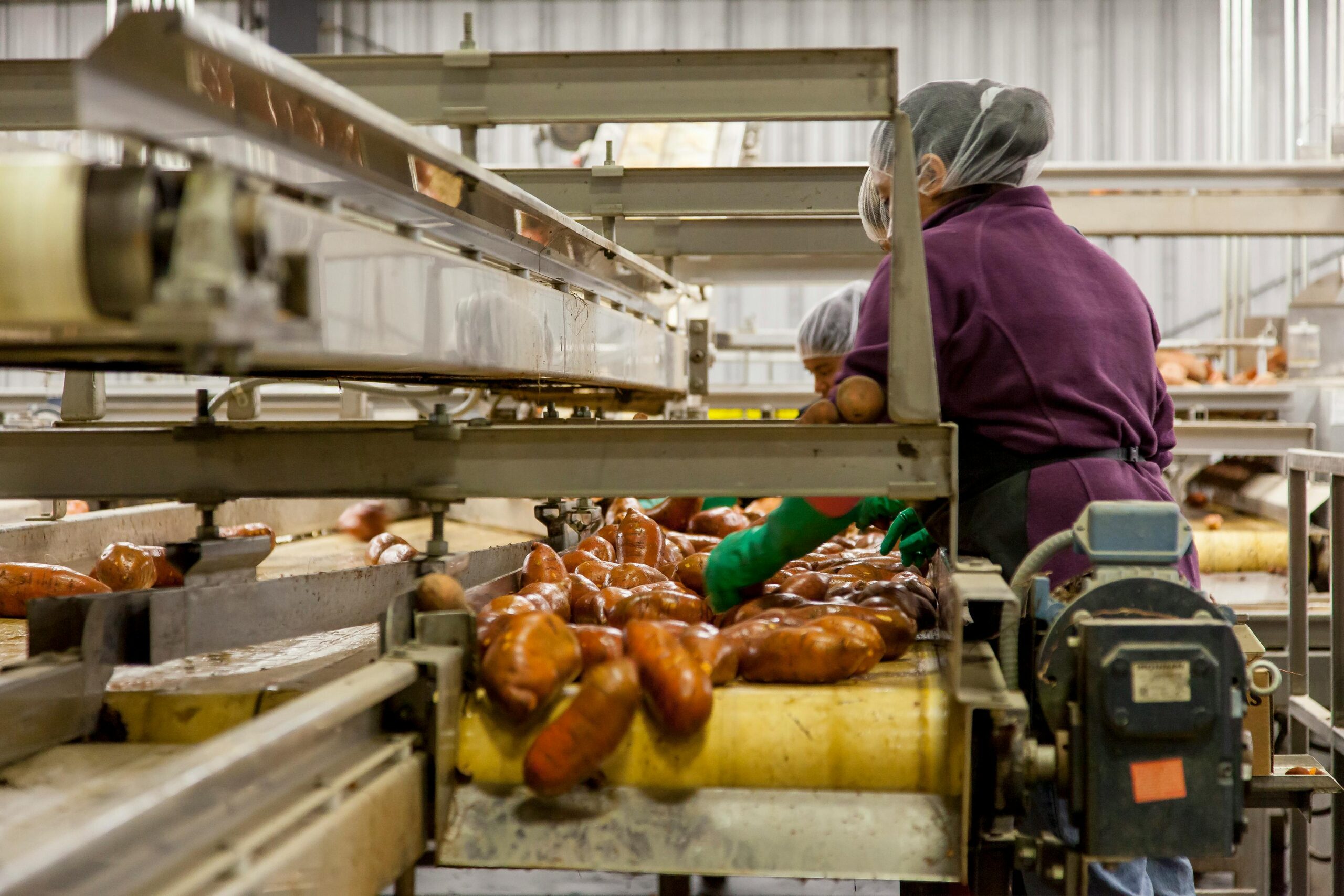Vegetarian Indian cuisine is renowned for its rich flavors, vibrant colors, and diverse range of ingredients. From aromatic spices to wholesome grains and legumes, Indian dishes offer a wealth of culinary delights for those following a plant-based diet. However, for individuals conscious of their calorie intake, understanding the calorie counts of these dishes is essential. In this article, we’ll explore the calorie content of popular vegetarian Indian foods and provide tips for making healthier choices without compromising on taste.
Calorie Counts of Common Vegetarian Indian Foods:
- Dal (Lentil Curry): Dal is a staple in Indian households, prepared with various lentils such as masoor dal (red lentils), moong dal (split mung beans), or toor dal (split pigeon peas). A 1-cup serving of cooked dal typically contains around 150-200 calories, depending on the type of lentil and additional ingredients like oil and spices.
- Chana Masala (Chickpea Curry): Chana masala, made with chickpeas cooked in a flavorful blend of spices and tomatoes, is both nutritious and satisfying. A 1-cup serving of chana masala provides approximately 200-250 calories, with variations based on ingredients such as coconut milk or ghee.
- Vegetable Biryani: Biryani is a fragrant rice dish layered with vegetables, herbs, and spices. A moderate serving of vegetable biryani (about 1 cup) contains around 300-400 calories, depending on the ratio of rice to vegetables and the use of added fats like ghee or oil.
- Paneer Tikka Masala: Paneer tikka masala features marinated and grilled paneer (Indian cottage cheese) simmered in a creamy tomato-based sauce. A serving of paneer tikka masala typically ranges from 300 to 400 calories, with variations based on the richness of the sauce and the quantity of paneer used.
- Vegetable Samosas: These crispy, triangular pastries filled with spiced vegetables are a popular appetizer or snack. One medium-sized vegetable samosa provides approximately 150-200 calories, depending on the pastry’s size and frying method.
- Palak Paneer (Spinach and Paneer Curry): Palak paneer combines pureed spinach with cubes of paneer in a creamy, spiced sauce. A serving of palak paneer typically contains around 250-300 calories, with variations based on the amount of cream or butter used in the recipe.
Tips for Making Healthier Choices:
- Portion Control: Be mindful of portion sizes to avoid overeating, especially with calorie-dense dishes like biryani or creamy curries.
- Choose Whole Grains: Opt for dishes made with whole grains like brown rice or whole wheat roti (flatbread) instead of refined grains to increase fiber content and promote satiety.
- Limit Added Fats: Use minimal amounts of oil, ghee, or cream when cooking to reduce calorie intake. Consider healthier cooking methods such as baking, grilling, or steaming instead of deep-frying.
- Incorporate Vegetables: Load up on vegetables to add bulk and nutrients to your meals while keeping calorie counts in check. Experiment with a variety of seasonal vegetables to enhance flavor and texture.
- Spice Wisely: Use spices and herbs generously to flavor dishes without relying heavily on salt, sugar, or fat. Spices not only add depth of flavor but also offer potential health benefits.
Conclusion: Vegetarian Indian cuisine offers a plethora of delicious and nutritious options for those seeking plant-based meals. While many dishes are inherently healthy, it’s important to be mindful of calorie counts, especially when aiming to manage weight or improve overall health. By understanding the calorie content of common vegetarian Indian foods and making informed choices, individuals can enjoy flavorful meals that align with their dietary goals and preferences. Remember to focus on balance, variety, and moderation to savor the best of Indian flavors while nourishing your body.



